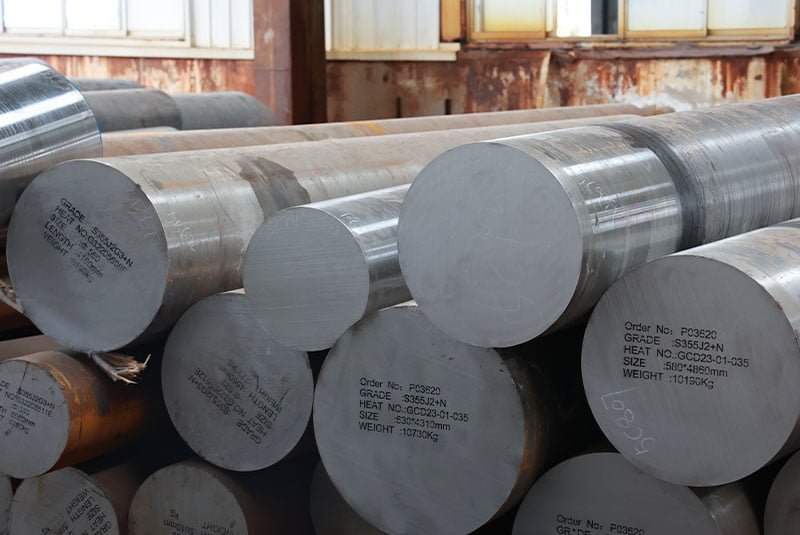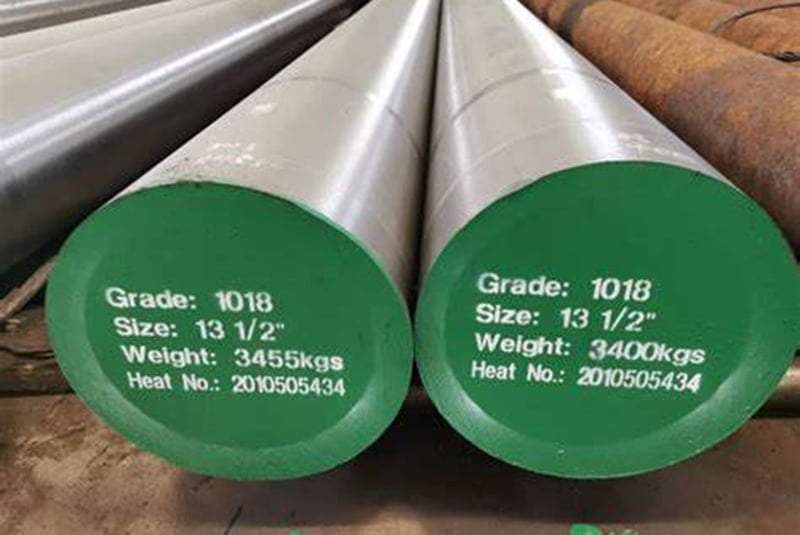Introduction
Carbon steel is a crucial material in various industries, including construction, manufacturing, and transportation. One of the key properties that define its suitability for different applications is its density. Understanding carbon steel density is essential for engineers, designers, and manufacturers to make informed decisions about material selection and usage. This comprehensive guide will delve into the concept of carbon steel density, its significance, and how it affects material properties and applications.
What is Carbon Steel Density?

Carbon steel density refers to the mass per unit volume of carbon steel. It is typically measured in kilograms per cubic meter (kg/m³) or grams per cubic centimeter (g/cm³). Density is a fundamental property that influences the strength, durability, and performance of the material in various applications. Understanding the density of carbon steel helps in determining its weight, calculating load-bearing capacities, and ensuring structural integrity.
Composition of Carbon Steel
Carbon steel is primarily composed of iron and carbon, with varying amounts of other elements such as manganese, silicon, and copper. The carbon content in carbon steel typically ranges from 0.05% to 2.0%. The composition of carbon steel directly affects its density, mechanical properties, and applications.
Factors Affecting Carbon Steel Density
Several factors influence the density of carbon steel, including:
Carbon Content: Higher carbon content generally increases the density of the steel.
Alloying Elements: The presence of alloying elements such as manganese, silicon, and copper can affect the density.
Manufacturing Processes: The processes used in the production of carbon steel, such as hot rolling or cold rolling, can influence its density.
The Importance of Carbon Steel Density
The density of carbon steel plays a crucial role in various aspects of material selection and application. Understanding its importance helps in making informed decisions in engineering and manufacturing.
Weight Calculation
Density is essential for calculating the weight of carbon steel components. Accurate weight calculations are crucial for designing load-bearing structures and ensuring the safety and stability of constructions.
Material Selection
Different applications require materials with specific densities. Understanding the density of carbon steel helps in selecting the appropriate grade for various purposes, such as structural components, machinery, and transportation.
Structural Integrity
The density of carbon steel affects its mechanical properties, including strength, hardness, and toughness. Selecting the right density ensures that the material can withstand the required loads and stresses.
Types of Carbon Steel and Their Densities
Carbon steel is classified into several types based on its carbon content and other alloying elements. Each type has unique properties and applications, influenced by its density.
Low Carbon Steel
Low carbon steel, also known as mild steel, contains less than 0.3% carbon. It is known for its ductility, weldability, and toughness. The density of low carbon steel typically ranges from 7.85 g/cm³ to 7.87 g/cm³.
Medium Carbon Steel
Medium carbon steel contains 0.3% to 0.6% carbon. It offers a balance between strength and ductility, making it suitable for applications requiring moderate strength. The density of medium carbon steel is approximately 7.85 g/cm³ to 7.89 g/cm³.
High Carbon Steel
High carbon steel contains more than 0.6% carbon. It is known for its high strength and hardness but has lower ductility. The density of high carbon steel ranges from 7.84 g/cm³ to 7.89 g/cm³.
Alloy Steel
Alloy steel is carbon steel that contains significant amounts of other elements such as manganese, silicon, and chromium. The density of alloy steel varies depending on its composition, typically ranging from 7.8 g/cm³ to 8.0 g/cm³.
Table: Comparison of Carbon Steel Types and Their Densities
| Type of Carbon Steel | Carbon Content | Density (g/cm³) |
|---|---|---|
| Low Carbon Steel | <0.3% | 7.85 – 7.87 |
| Medium Carbon Steel | 0.3% – 0.6% | 7.85 – 7.89 |
| High Carbon Steel | >0.6% | 7.84 – 7.89 |
| Alloy Steel | Varies | 7.8 – 8.0 |
Applications of Carbon Steel Based on Density
The applications of carbon steel are diverse, with different types used for various purposes based on their density and other properties.
Construction
In the construction industry, carbon steel is used for structural components such as beams, columns, and reinforcement bars. The density of the steel ensures the strength and stability of the structures.
Manufacturing
Carbon steel is widely used in manufacturing for producing machinery, tools, and equipment. The density of the steel affects its machinability and durability.
Transportation
The transportation industry uses carbon steel for making vehicle frames, parts, and components. The density of the steel ensures that the vehicles are strong and durable while maintaining a reasonable weight.
Oil and Gas Industry
In the oil and gas industry, carbon steel is used for pipelines, storage tanks, and drilling equipment. The density of the steel ensures that it can withstand high pressures and harsh environments.
How to Measure Carbon Steel Density

Measuring the density of carbon steel involves determining its mass and volume. Here are the steps to measure density:
Measure the Mass
Use a precise scale to measure the mass of the carbon steel sample. Ensure that the scale is calibrated and accurate.
Measure the Volume
Measure the volume of the carbon steel sample using geometric calculations or displacement methods. For regular shapes, use geometric formulas to calculate the volume. For irregular shapes, use water displacement to determine the volume.
Calculate the Density
Use the formula:
[ \text{Density} = \frac{\text{Mass}}{\text{Volume}} ]
Ensure that the units are consistent when performing the calculations.
Conclusion
Understanding the density of carbon steel is essential for various industries and applications. By knowing the different types of carbon steel and their densities, engineers and manufacturers can make informed decisions about material selection and usage. Regular measurement and consideration of carbon steel density ensure optimal performance, safety, and efficiency in construction, manufacturing, and other fields. This comprehensive guide provides the necessary information to understand and utilize carbon steel density effectively in your projects.
FAQ
What is the typical density of carbon steel?
The typical density of carbon steel ranges from 7.84 g/cm³ to 7.87 g/cm³, depending on its composition and carbon content.
How does carbon content affect carbon steel density?
Higher carbon content generally increases the density of carbon steel due to the additional mass of carbon atoms in the steel matrix.
Can carbon steel density vary with temperature?
Yes, the density of carbon steel can vary with temperature. As temperature increases, the density decreases slightly due to thermal expansion.
Why is density important in selecting carbon steel for construction?
Density is crucial in construction because it affects the weight and strength of structural components. Ensuring the appropriate density helps maintain the stability and safety of structures.
How does alloying affect the density of carbon steel?
Alloying elements can affect the density of carbon steel. Elements with higher atomic masses, such as manganese and chromium, can increase the density of the steel.
